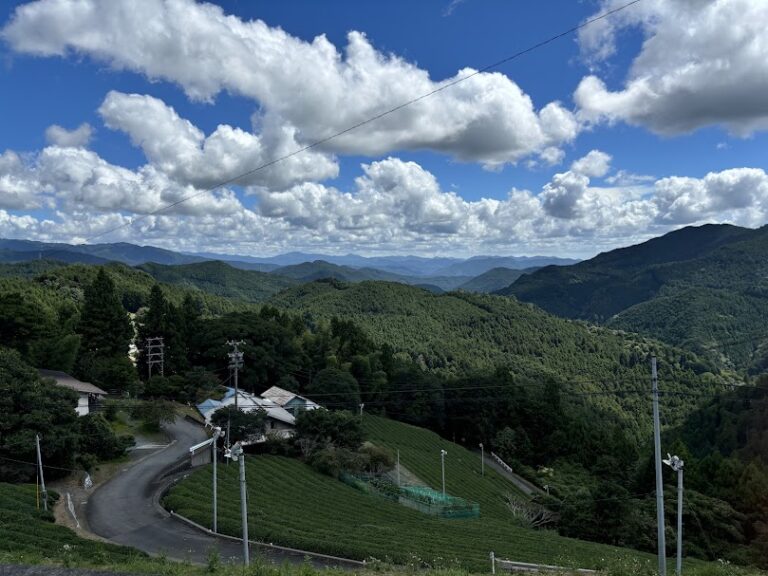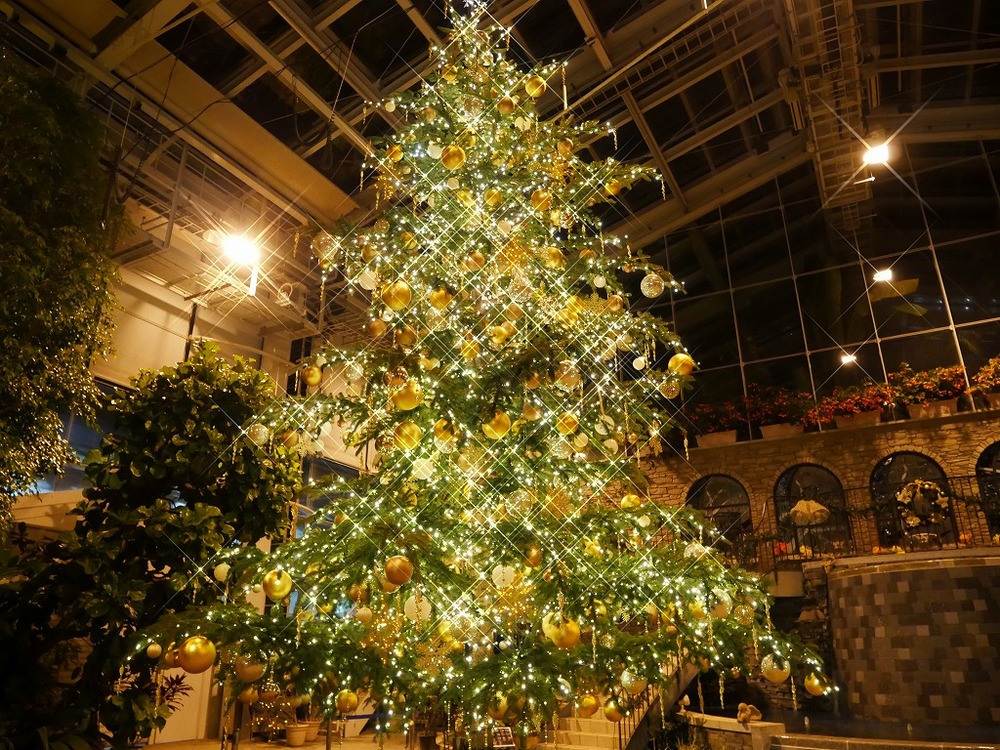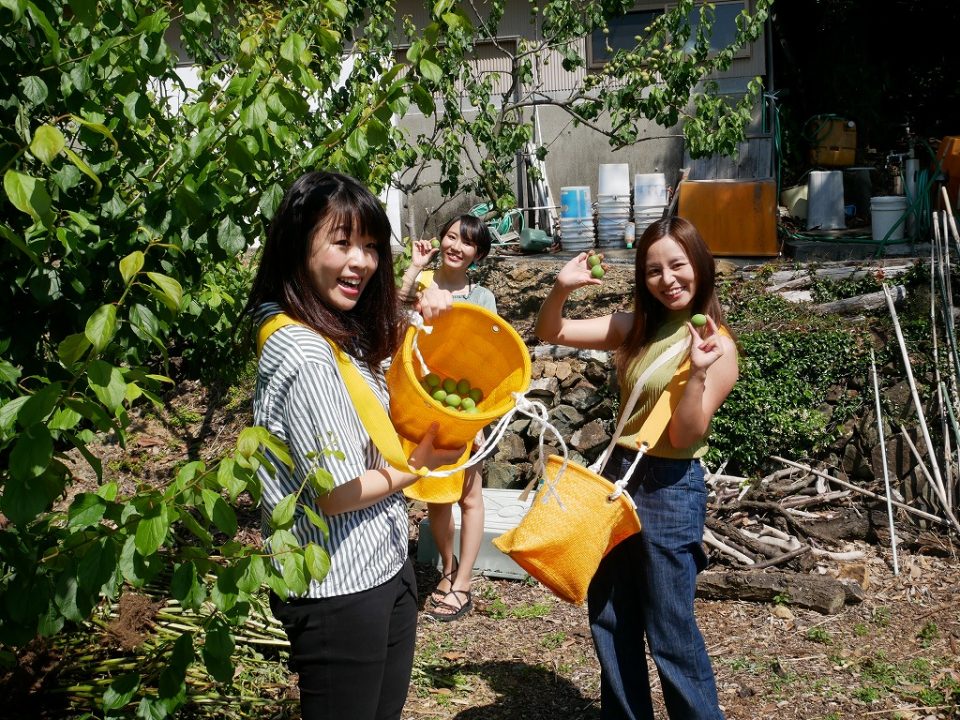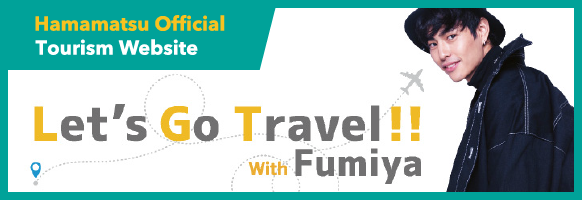Get to Know Hamamatsu
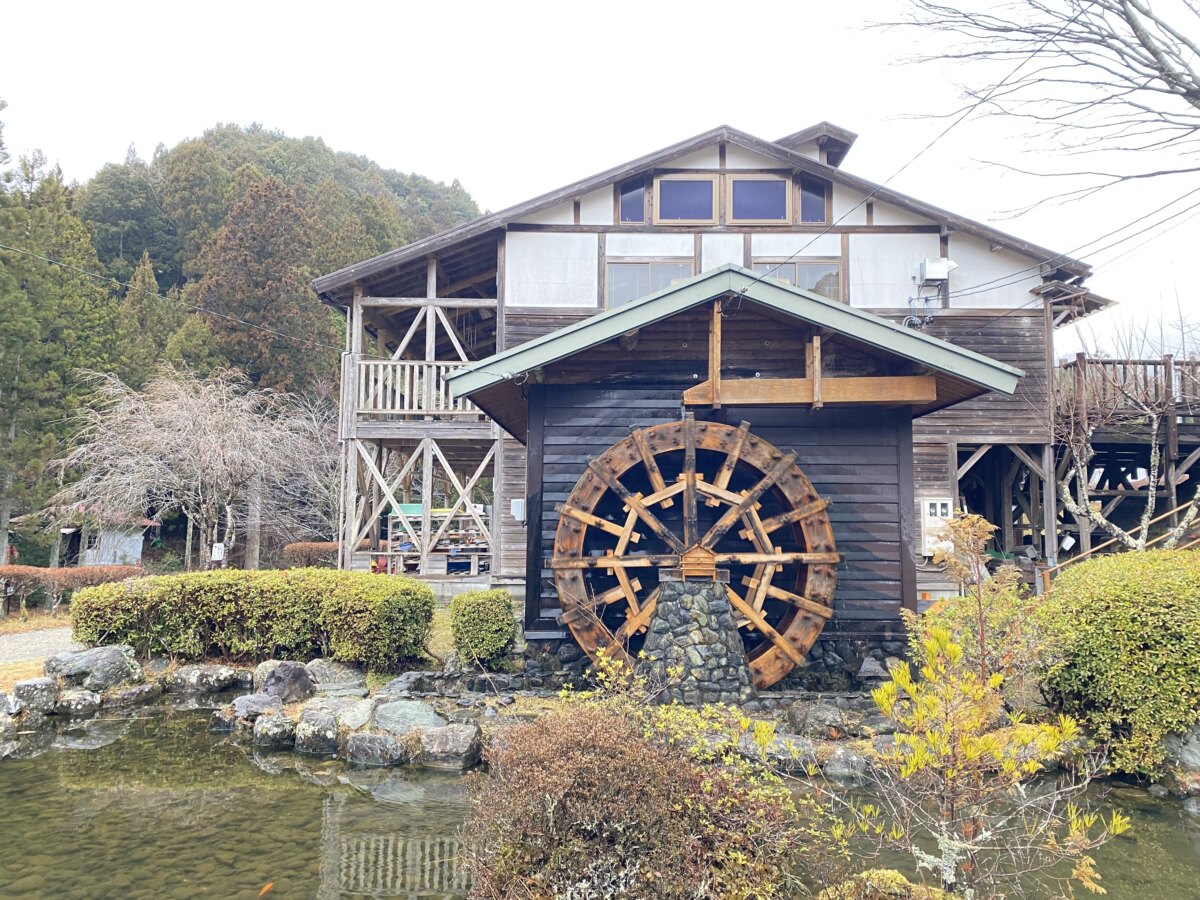
- Eat
- Buy
Michi-no-Eki Kunma Suisha-no-Sato – Soba-Making & Local Dishes to Try!
We take a closer look at Michi-no-Eki Kunma Suisha-no-Sato, where you can enjoy everything from local cuisine and specialty goods to hands-on workshops…
Tucked away in the mountains of Tenryu Ward in Hamamatsu City, there’s a little place called Kunma.
It’s written with the character for “bear” (熊, Kuma), but it’s read “Kunma.”
Long ago, Kunma was a lively post town where two old travel routes crossed — the Akihasan-Horaiji Road and the Zenkoji-Okuyama Road.
This time, we visited “Kunma Suisha-no-Sato,” a Michi-no-Eki — a Japanese roadside station — nestled in the Kunma area.

A Quaint Watermill – The Heart of the Michi-no-Eki
We’ll take a closer look at all the fun things you can enjoy at Michi-no-Eki Kunma Suisha-no-Sato — from the local restaurant and gift shop to the hands-on workshop!
What Is Michi-no-Eki Kunma Suisha-no-Sato?
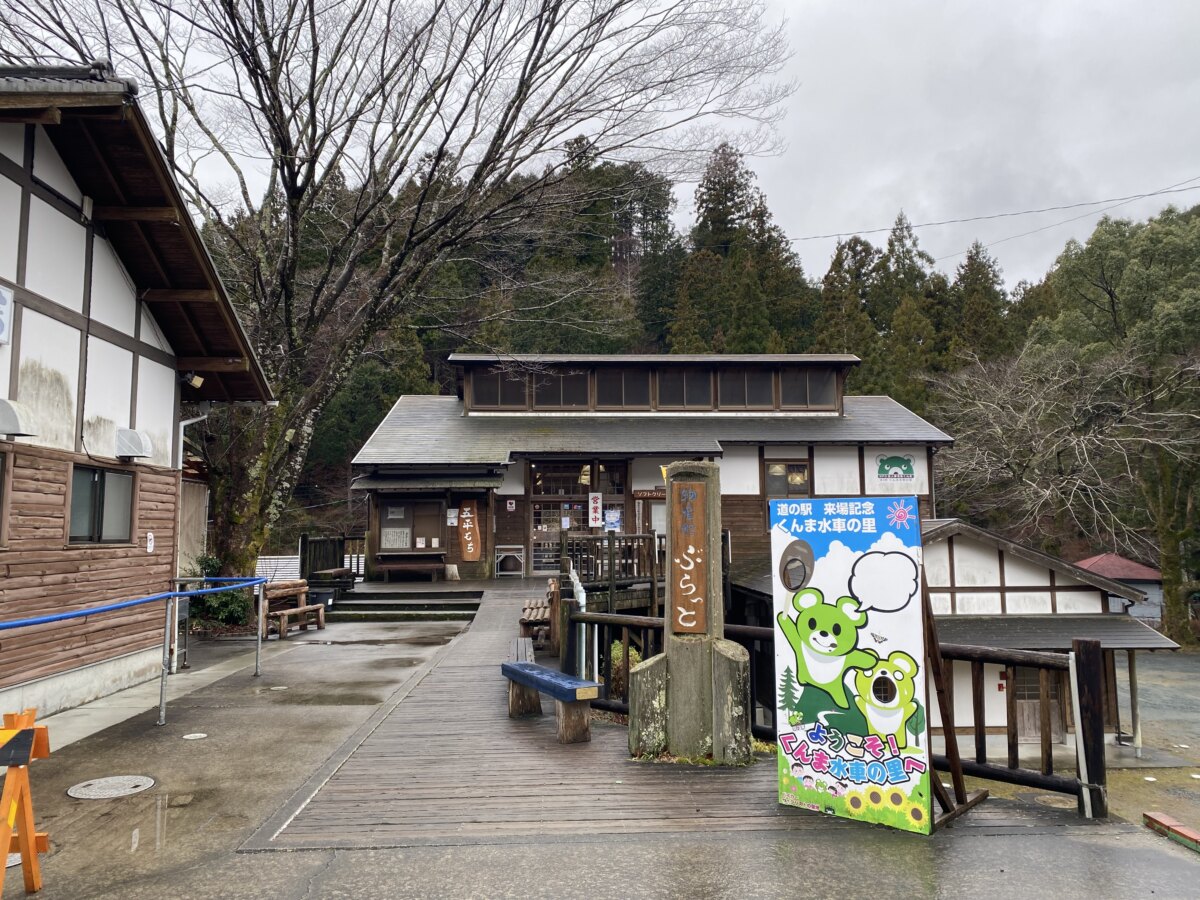
Michi-no-Eki Kunma Suisha-no-Sato is a roadside station located in the northern mountain region of Hamamatsu, along the upper reaches of the Atago River.
Route 9 runs right through the heart of Kunma, and it’s along this road that you’ll find Michi-no-Eki Kunma Suisha-no-Sato.
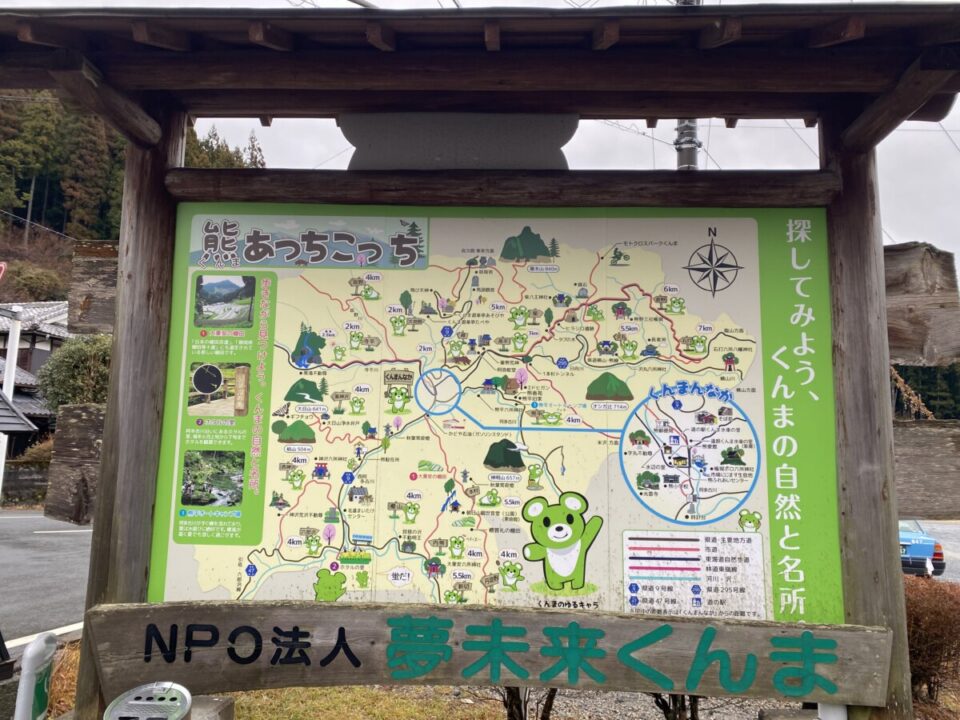
Michi-no-Eki Kunma Suisha-no-Sato has three main spots to check out:
- Kaasan’s Restaurant
- Buratto Gift Shop
- Fureai Workshop
There’s also a walking trail that takes you through Kunma’s forests and along the river — perfect for a peaceful nature stroll.
In summer, the Atago River becomes a lively spot for splashing around and cooling off.
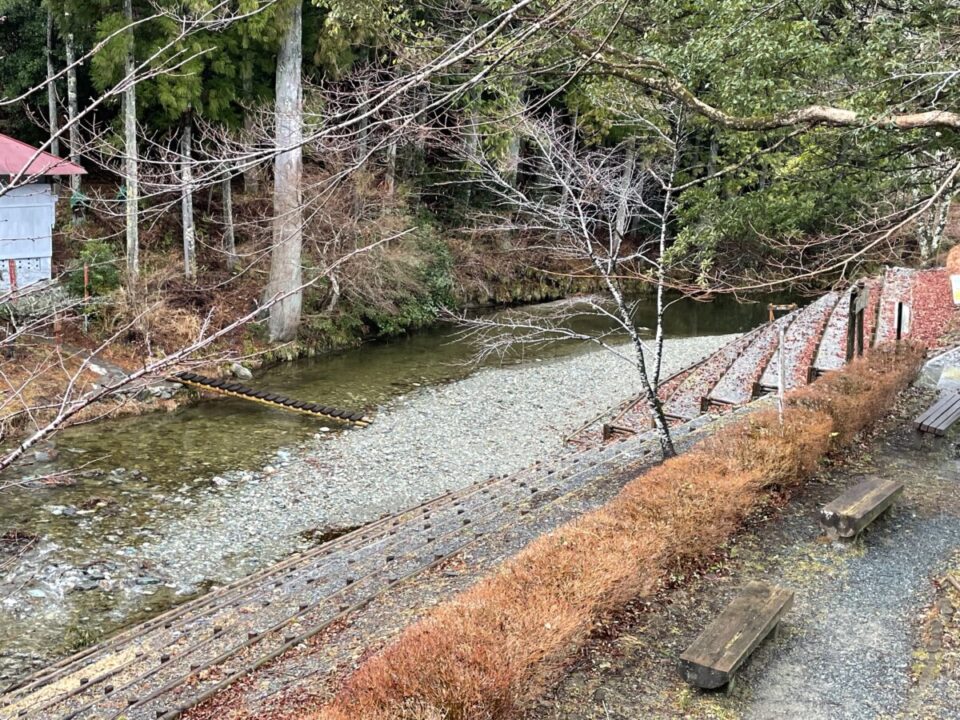
Michi-no-Eki Kunma Suisha-no-Sato was officially recognized as a roadside station in 1995, and it will celebrate its 30th anniversary in spring 2025.
But its roots go all the way back to 1988.
Back then, local women got things started by creating “Suisha-no-Sato” — the Watermill Village.
To keep Kunma’s food culture alive, they sell processed local agricultural products and serve soba and tempura at the restaurant.
They also continue offering hands-on experiences like soba making and making gohei mochi.
A Guide to the Highlights of Michi-no-Eki Kunma Suisha-no-Sato
Michi-no-Eki Kunma Suisha-no-Sato is more than just a rest stop — it’s a place you’ll want to visit during your trip.
Of course, there’s the restaurant and gift shop, but the real highlight is the Fureai Workshop!
This time, we actually tried making soba noodles at the Fureai Workshop, so we’ll share all the details with you.
Fureai Workshop: Making Soba with the Local “Kaasan” in Kunma!
Right next to the parking lot is the Fureai Workshop, where you can try making soba noodles, gohei mochi, and konnyaku.
This time, we took on the popular soba-making experience!
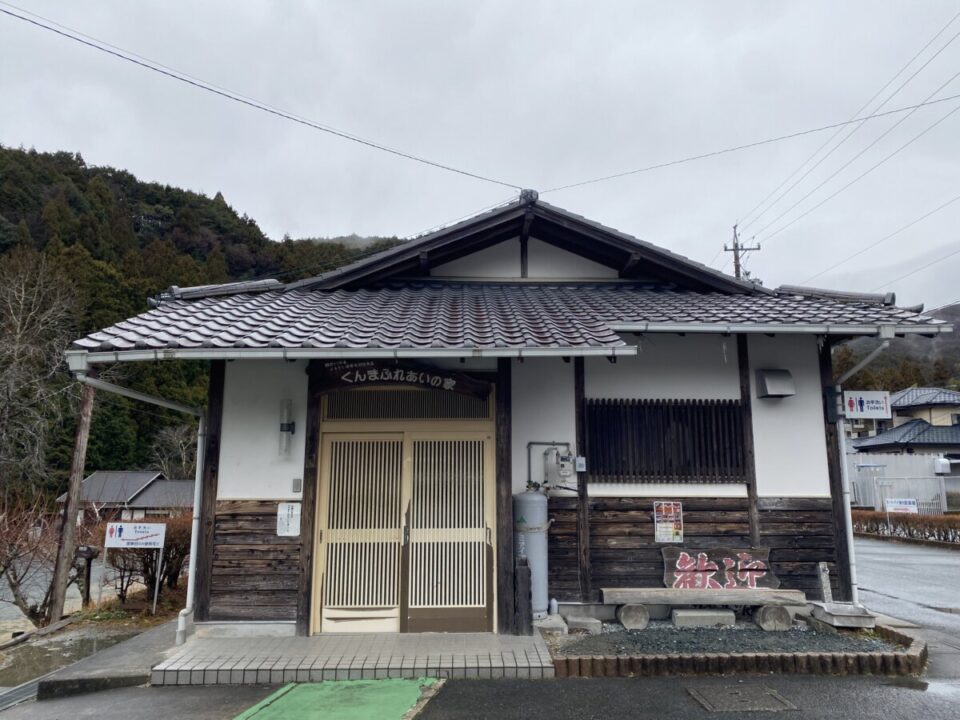
Representing Kunma’s “Kaasan,” Takahashi-san (pictured on the left) taught us how to make soba noodles.
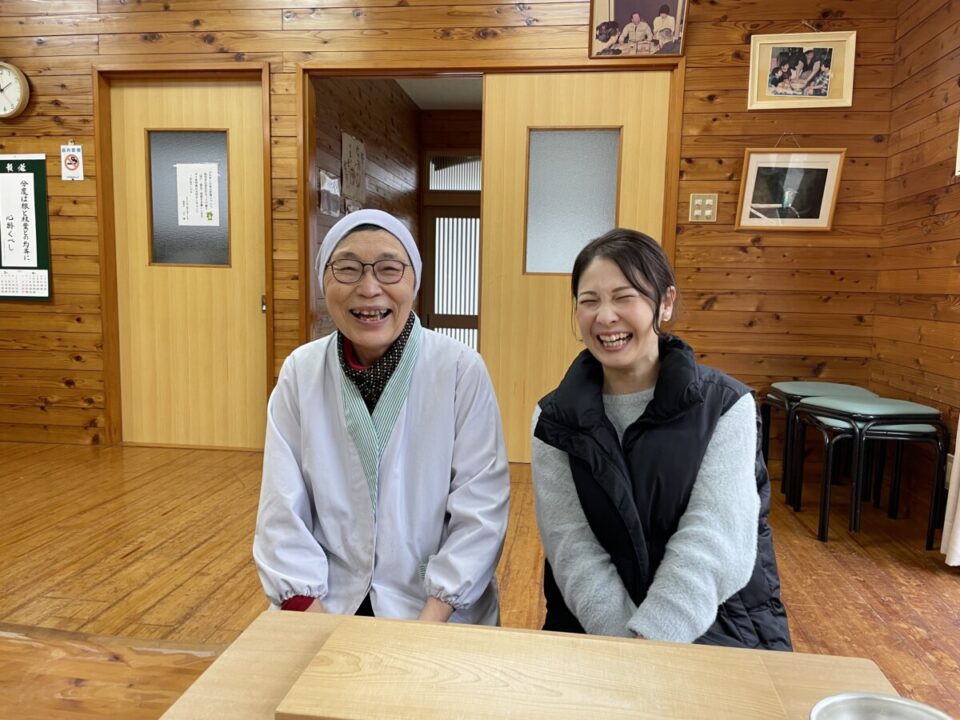
Our soba-making experience began with Takahashi-san telling us about life in Kunma, saying, “Making soba has been a tradition in every household.”
The ingredients for soba are very simple: buckwheat flour, water, and a dusting of flour for rolling.
We were also shown the buckwheat seeds before they’re made into flour.
1. Adding Water and Kneading
First, we add water to the buckwheat flour and mix it by swirling it around with both hands.
As the crumbly buckwheat flour gradually starts coming together, we knead it until it feels soft, about the texture of an earlobe.
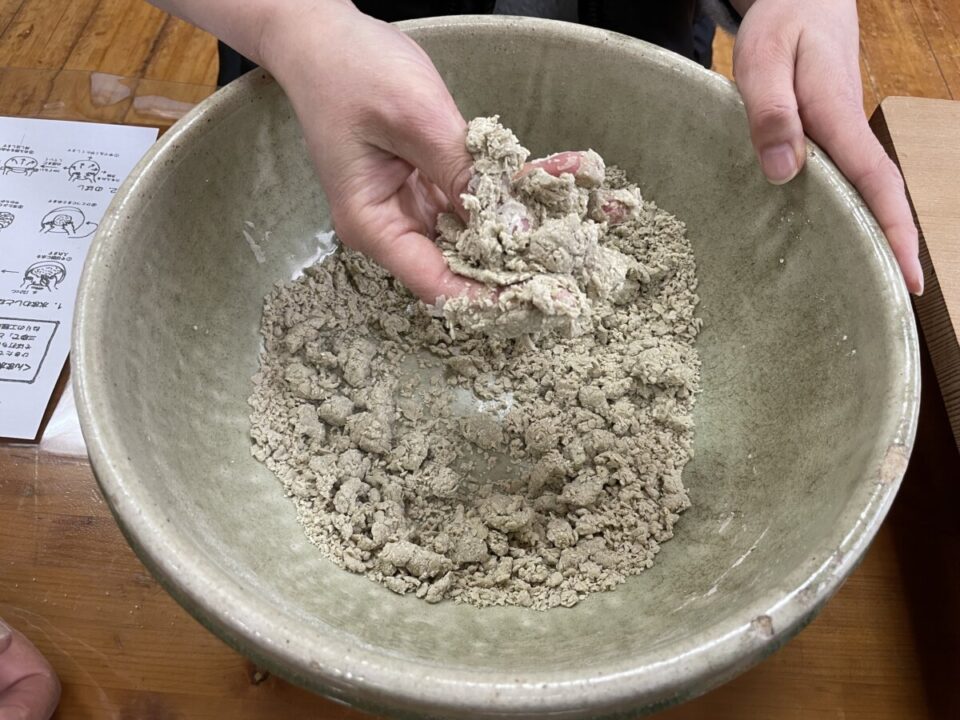
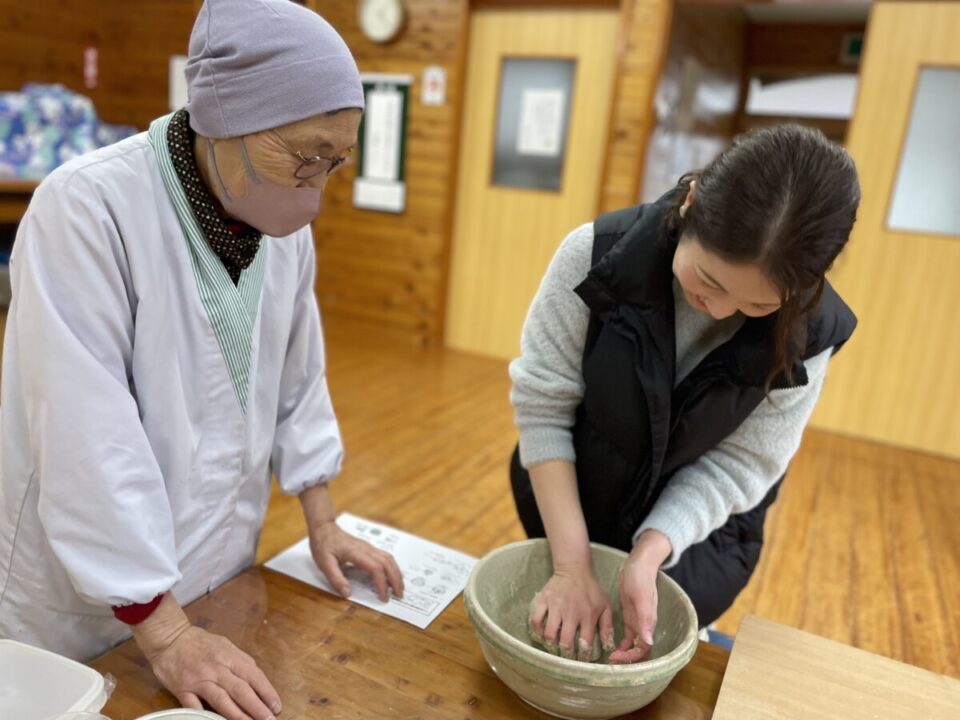
2. Rolling Out the Dough
Using our palms, we first flatten the dough, then roll it out thinly with a rolling pin.
We keep rolling it repeatedly until it’s about 2 mm thick, making sure the thickness is even all around.
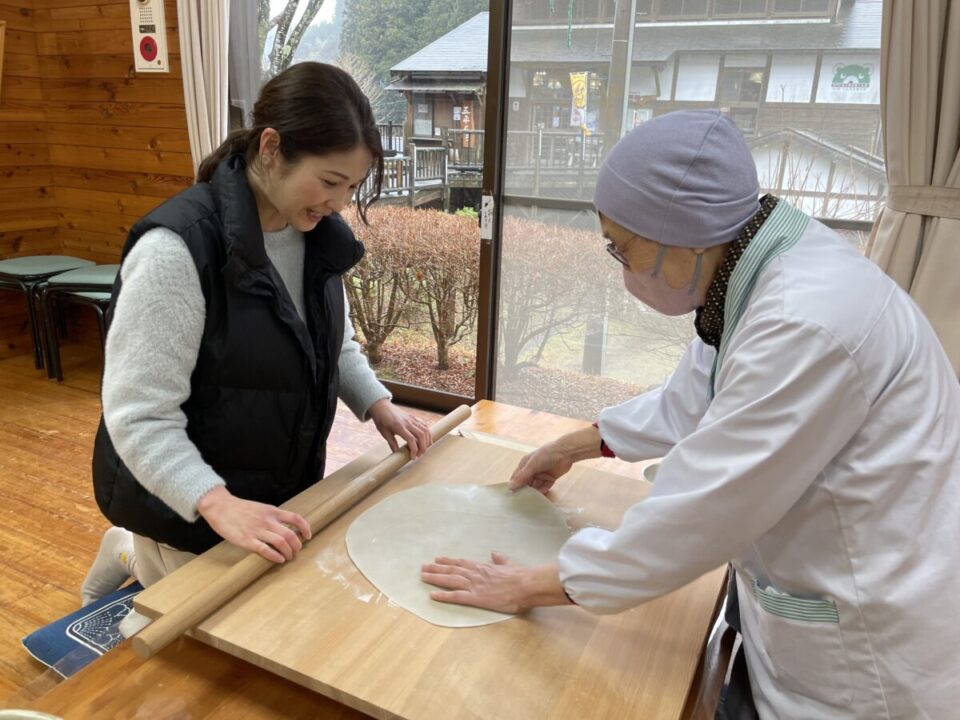
3. Cutting the Noodles
Using a knife, we cut the dough into even strips.
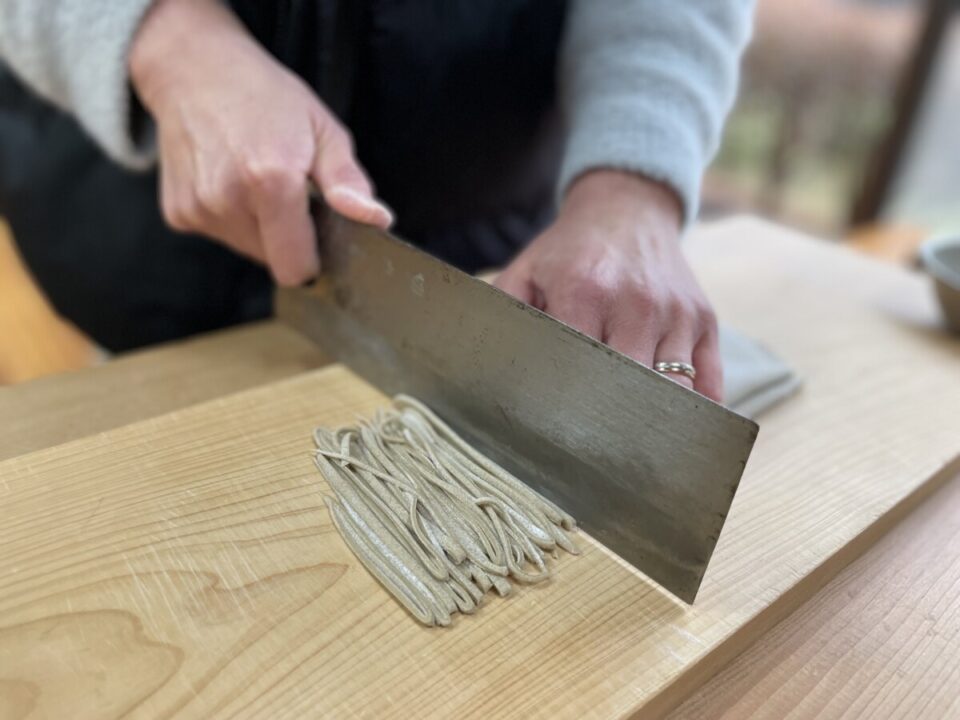
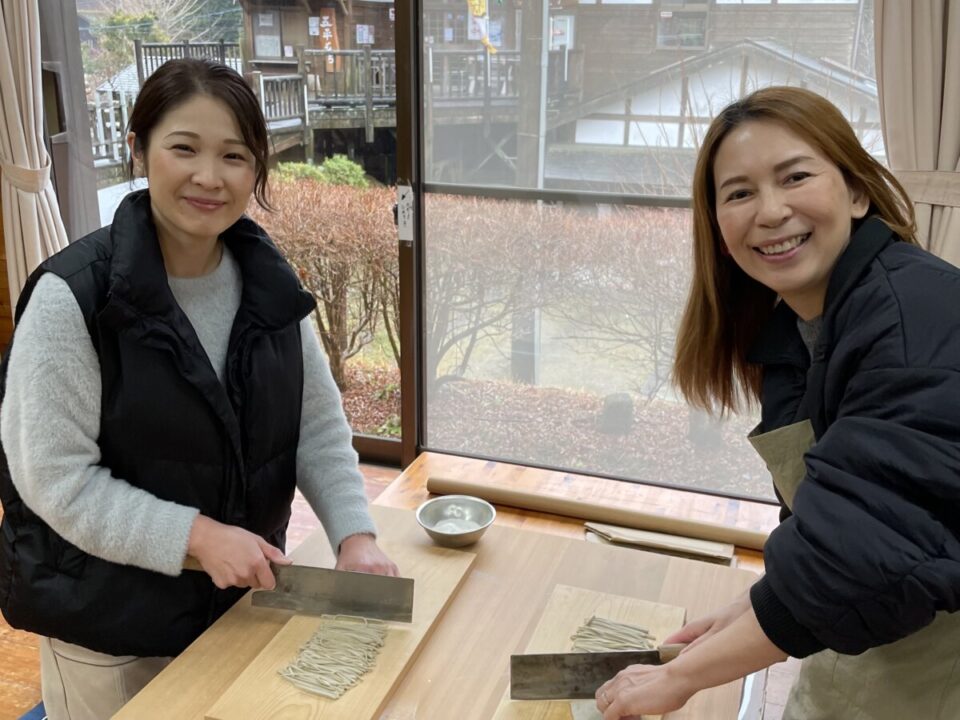
Thanks to Takahashi-san’s kind and careful guidance, even us beginners were able to finish our noodles without a hitch.
It was so much fun!
These days, people even come from outside the prefecture — and even from overseas — just to try this soba-making experience.
It’s wonderful to see so many people taking an interest in soba as a part of Japanese culture.
The whole process — from kneading the dough to cutting the noodles — takes about an hour (see below for more details on the soba-making experience).
After that, it’s time to enjoy our freshly made soba!
Hands-On Experiences at Kunma Suisha-no-Sato
【Soba-Making Experience】
- Available: Mid-October to March
- Price (incl. tax): ¥6,000 (serves 2)
- Duration: About 1 hour
Reservations required. Make a reservation here (via Yaramaika Tourism)
【Gohei Mochi-Making Experience】
- Available: Year-round
- Price (incl. tax): ¥7,500 (makes about 14 sticks)
- Duration: About 1 hour
Try making Kunma’s local flavor with homemade miso sauce!
Reservations required. Make a reservation here (via Yaramaika Tourism)
【Konnyaku-Making Experience】
- Available: Mid-October to March
- Price (incl. tax): ¥6,000 (makes about 14 pieces)
- Duration: About 1 hour
Enjoy the authentic taste made from konnyaku potatoes!
Reservations required. Make a reservation here (via Yaramaika Tourism)
Kaasan’s Restaurant: Enjoy Your Own Handmade Soba and Local Specialties!
At Kaasan’s Restaurant, located within Michi-no-Eki Kunma Suisha-no-Sato roadside station.
Here, you can enjoy the soba noodles you made during the experience, as well as local specialties from the area.
This time, we enjoyed our freshly made soba from the experience along with a tempura platter. (Please note that the tempura platter is an additional charge.)

Soba noodles you make yourself really are something special!
Of course, they taste great! (Haha)
The uneven lengths and thicknesses only make it feel more homemade.
The tempura platter featured crispy, freshly fried vegetables, centered around thick, juicy maitake mushrooms grown right here in Kunma!
We devoured it all in no time alongside our soba.
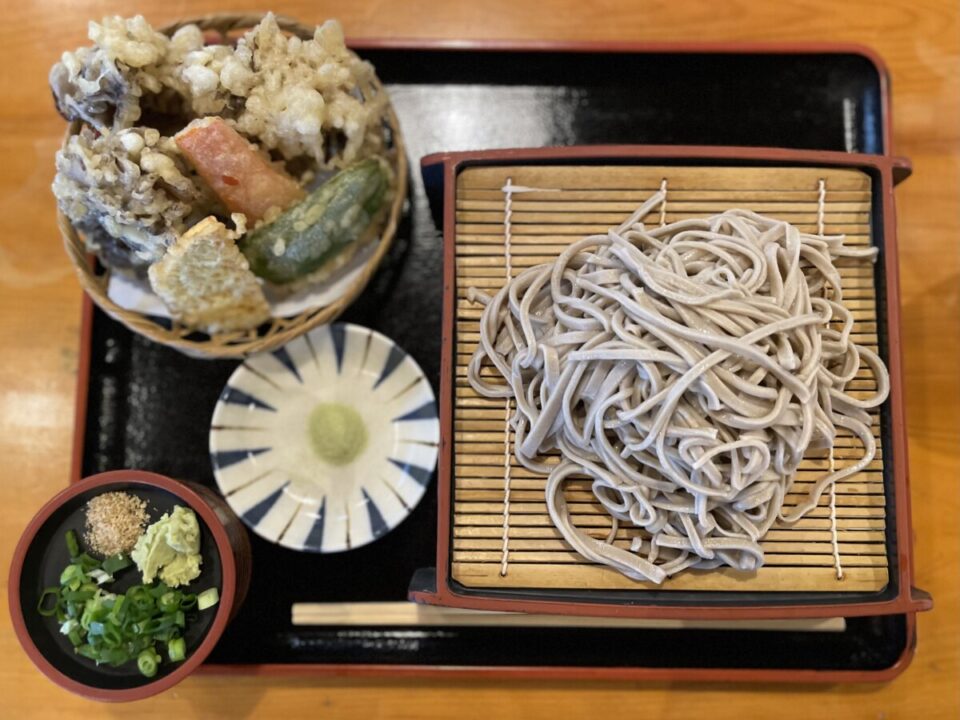
At this restaurant, besides freshly made soba noodles every day, you can also enjoy a local specialty: venison curry.
They also recommend the curry, slowly simmered with locally sourced venison, and a new menu item: venison soboro miso rice.
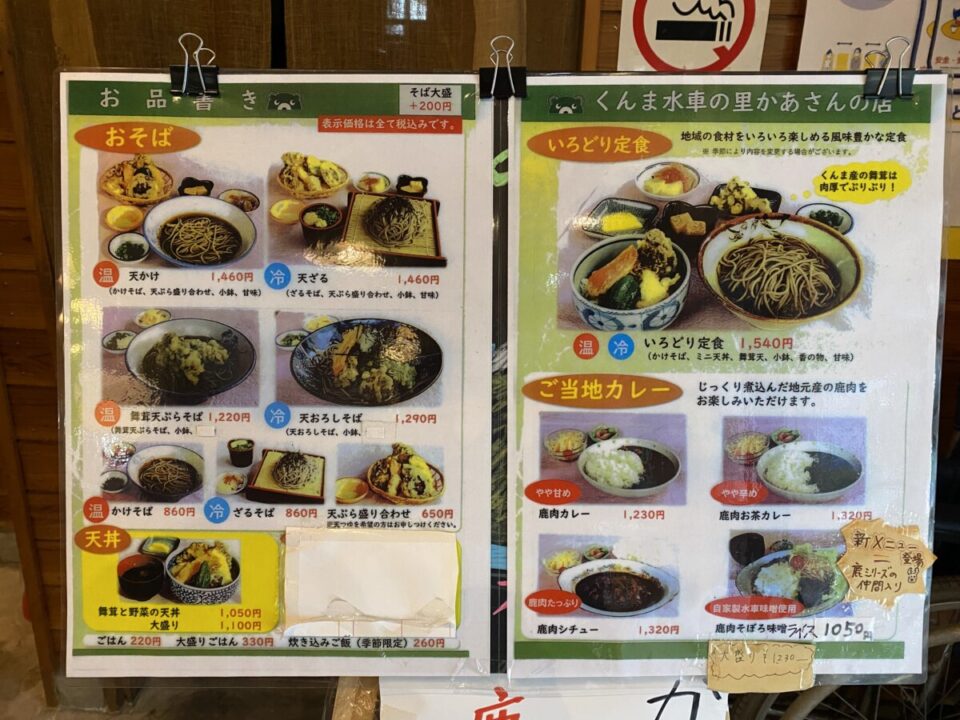
*Please note that menus and prices may change depending on the season.
The interior of Kaasan’s Restaurant is full of warm, natural wood vibes!
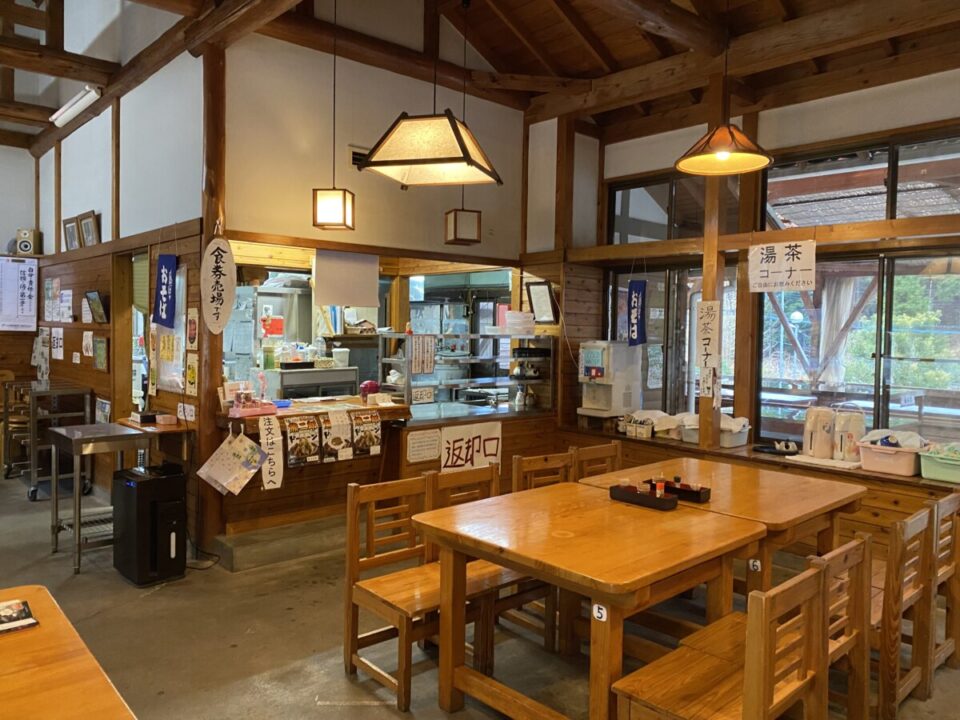
During the fresh green season, you can also enjoy dining on the terrace!
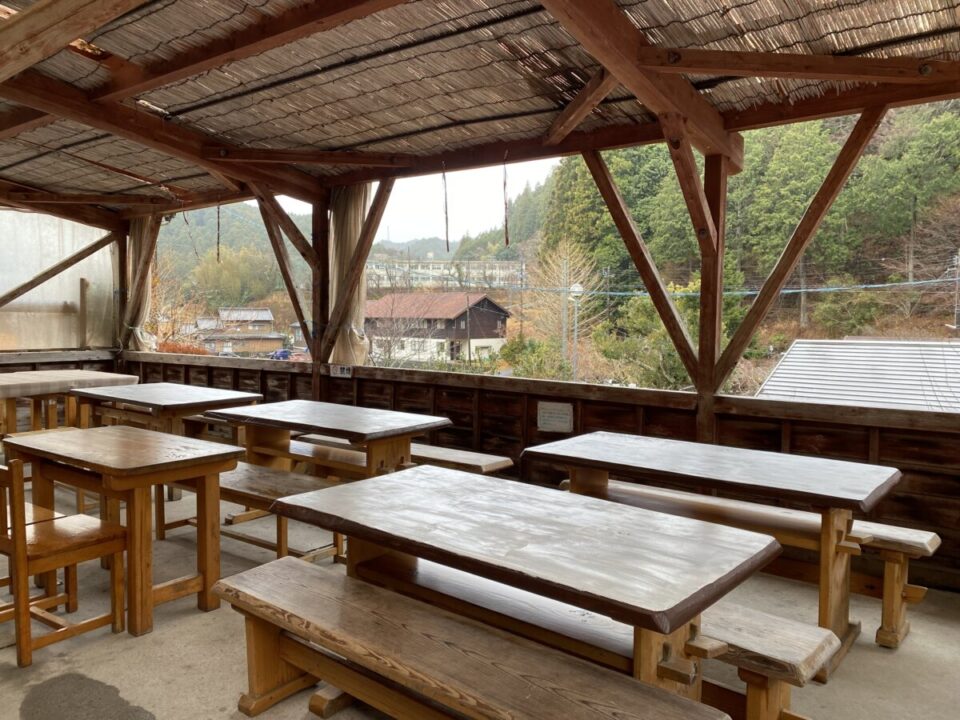
Buratto Market: A Wide Selection of Kunma’s Local Specialties!
At Buratto Market, you’ll find homemade konnyaku, steamed buns, miso, pickles, and other products lovingly handmade by the local Kaasans of Kunma.
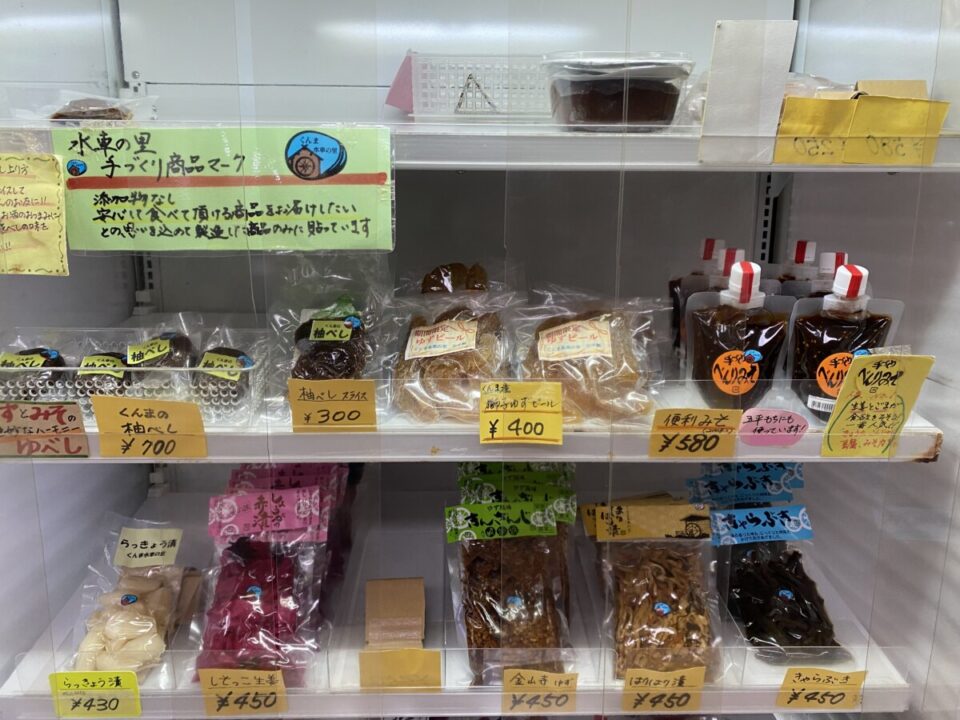
You can also buy original products from Michi-no-Eki Kunma Suisha-no-Sato, including retort-pack venison curry and maitake mushrooms grown in Kunma.
Besides venison curry, there’s also venison tea curry and venison stew—offering a great variety to choose from.
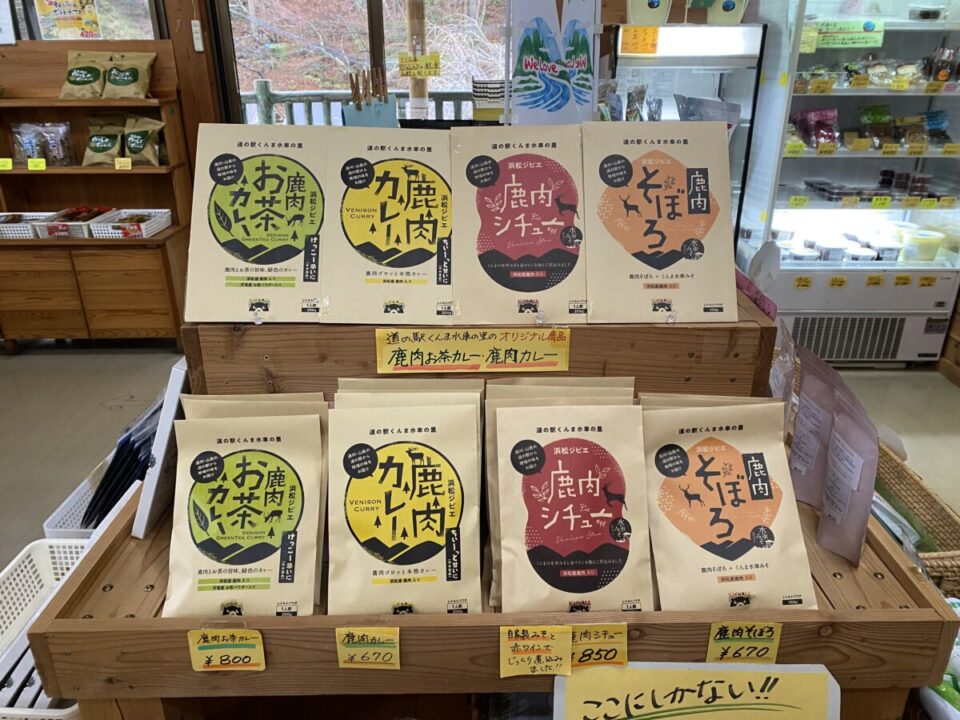
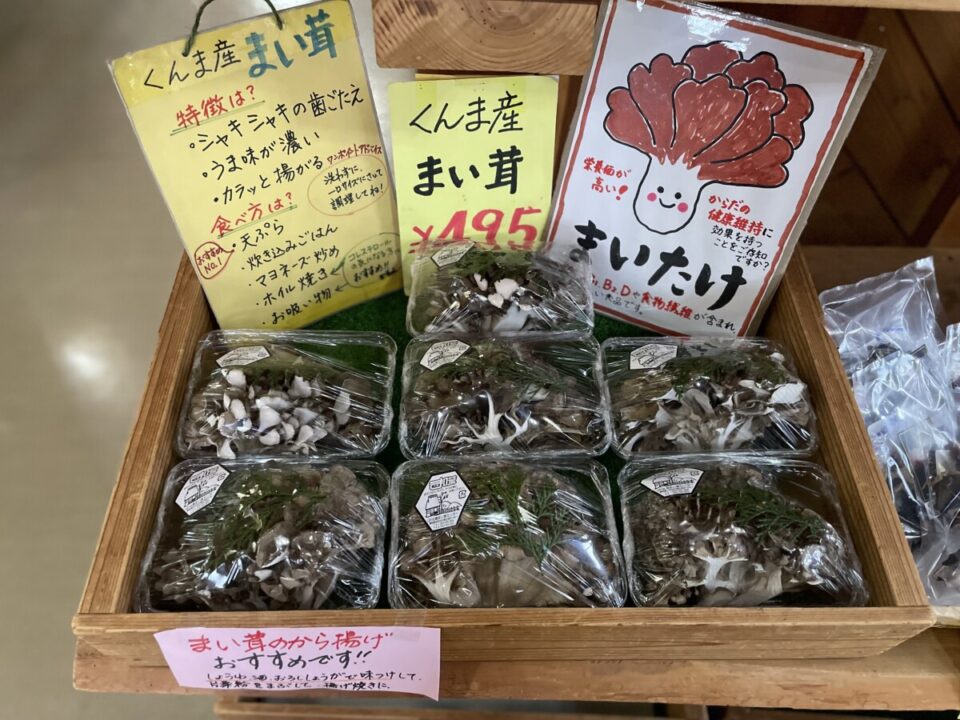
There were plenty of wooden items, from tables and chairs to cutting boards and chopsticks.
They make perfect souvenirs from your trip!
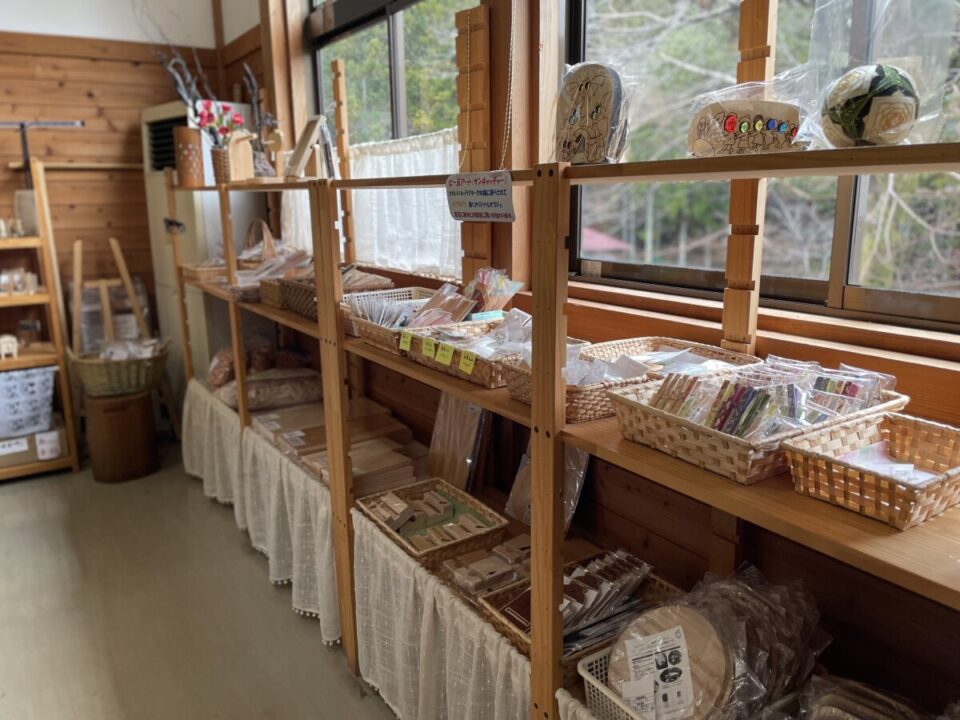
And of course…
When it comes to Michi-no-Eki Kunma Suisha-no-Sato’s specialties, it’s got to be the Gohei Mochi!
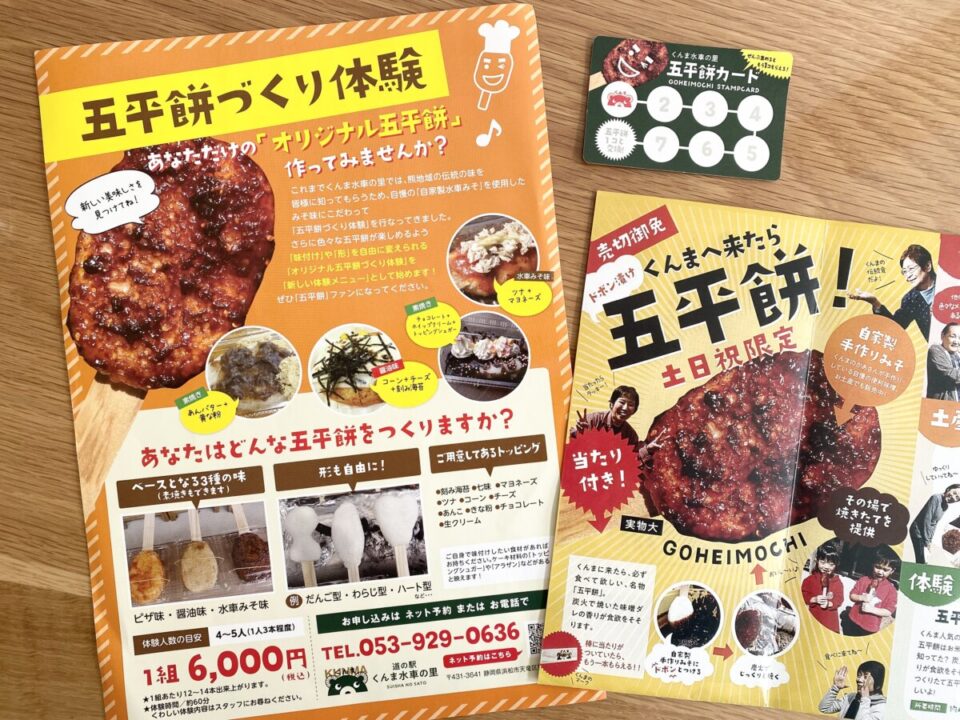
*As of June 2025, the price for the Gohei Mochi-making experience is ¥7,500 (tax included) per group.
It’s a traditional flavor passed down through generations in the community.
In front of the Buratto Market, Gohei Mochi is sold on weekends and holidays only.
They grill the Gohei Mochi over charcoal, generously coated with homemade miso sauce.
Each Gohei Mochi stick comes with a lucky draw — if you find a winning mark on your stick, you get another one for free!
Be sure to give it a try—you won’t regret it!
Facilities & Services at Michi-no-Eki Kunma Suisha-no-Sato Roadside Station
・Restrooms: Western-style, Japanese-style, and accessible toilets available; some restrooms open 24 hours
・Parking: 3 spaces for large vehicles, 60 for regular cars, 2 for disabled parking
・Conference Room: Seats about 30 people
・Restaurant: Available
・Shop: Available
Nearby Attractions Around Michi-no-Eki Kunma Suisha-no-Sato
There are plenty of spots around Suisha-no-Sato where you can enjoy the beauty of nature.
・Campgrounds
・Firefly viewing spots
・Okuri-yasu terraced rice fields and more
Looking for activities in Hamamatsu and Lake Hamana?
↓↓ Check out here ↓↓
Facility Information for Michi-no-Eki Kunma Suisha-no-Sato
Address: 1796-1 Kuma, Tenryu-ku, Hamamatsu City, Shizuoka Prefecture
Phone: 053-929-0636
Closed: Wednesdays and Thursdays
Business Hours:
Kaasan’s Restaurant: 11:00 AM – 3:00 PM (Last order at 2:30 PM)
Buratto Market: 10:00 AM – 3:00 PM
For more details, visit the official website: https://kunma.jp/
In summer, Michi-no-Eki Kunma Suisha-no-Sato is bustling with people enjoying the Ata River.
Since the water is shallow, even small children can play safely!
It’s a great spot where you can enjoy hands-on experiences and the natural beauty of Kunma all year round.
We hope you’ll come visit and see for yourself!
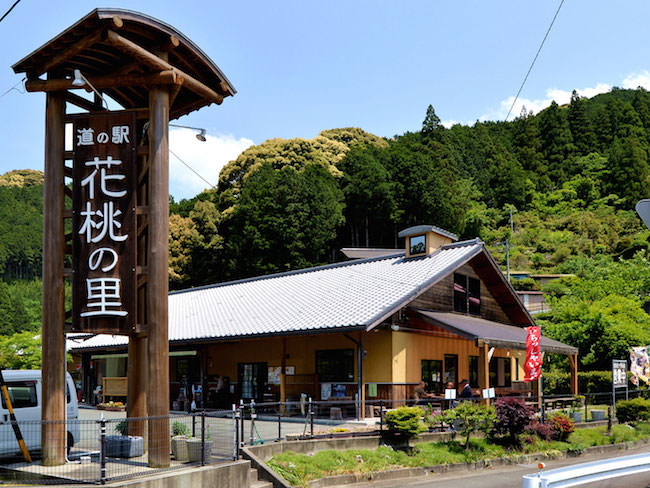
Michi-no-Eki Kunma Suisha-no-Sato, Michi-no-Eki Tenryu Sozu Hanamomo-no-Sato, Michi-no-Eki Ippukutokoro Yokokawa
A Michi-no-Eki is a roadside rest area in Japan. There are three found in the Tenryu area. At these rest areas, visitors can find products unique to the countryside and experience a nostalgic atmosphere not found in the city. Kunma Suisha-no-Sato is located in the town of Kuma, which historically flourished as a post town along the Akiha-Horaiji Kaido. You can try some homemade dishes, including soba (buckwheat noodles) and Gohei mochi. At Tenryu Sozu Hanamomo-no-Sato, there's homemade Hanamomo curry rice and soba alongside many local products. At the nearby reservoir, you can enjoy canoeing.
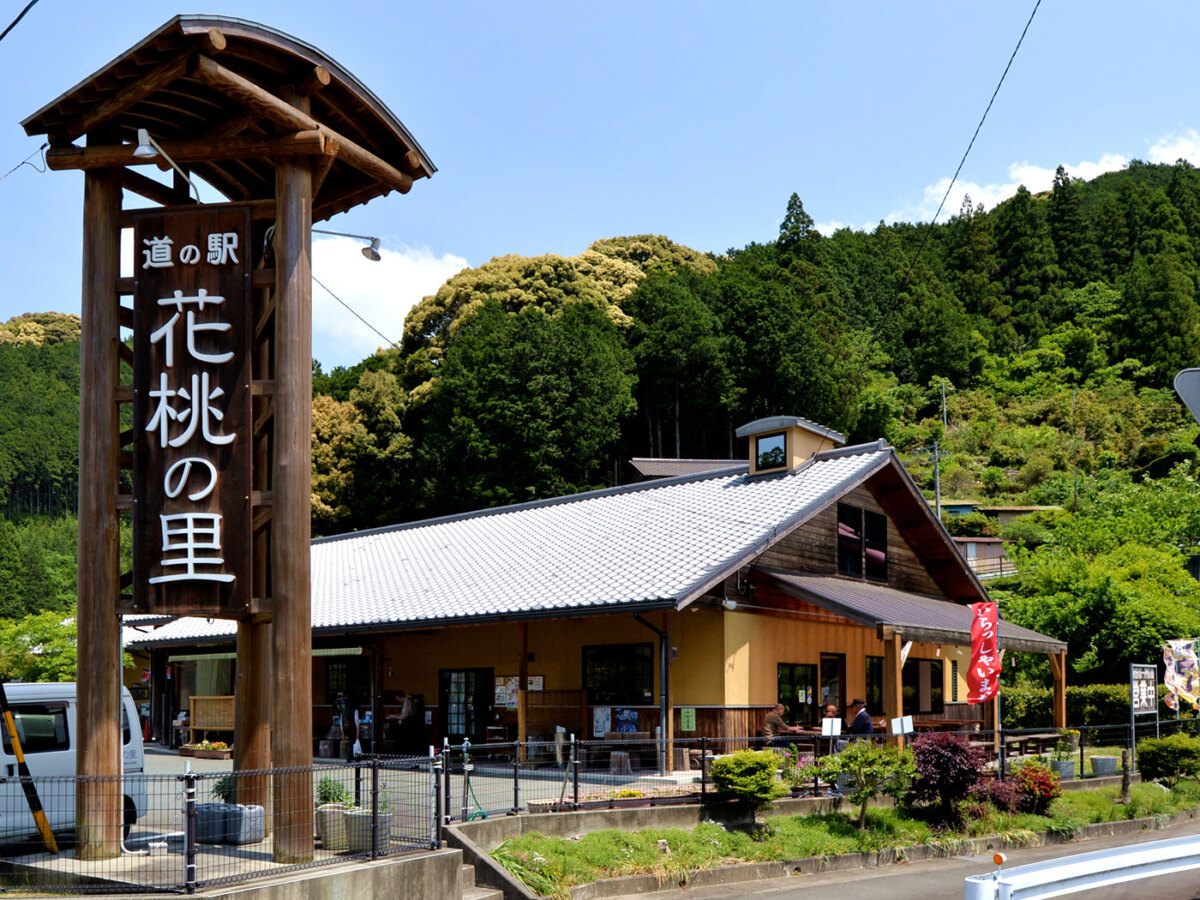
Michi-no-Eki Tenryu Sozu Hanamomo-no-Sato: Seasonal Blossoms & Handmade Manju | Okawa, Tenryu Ward, Hamamatsu City
